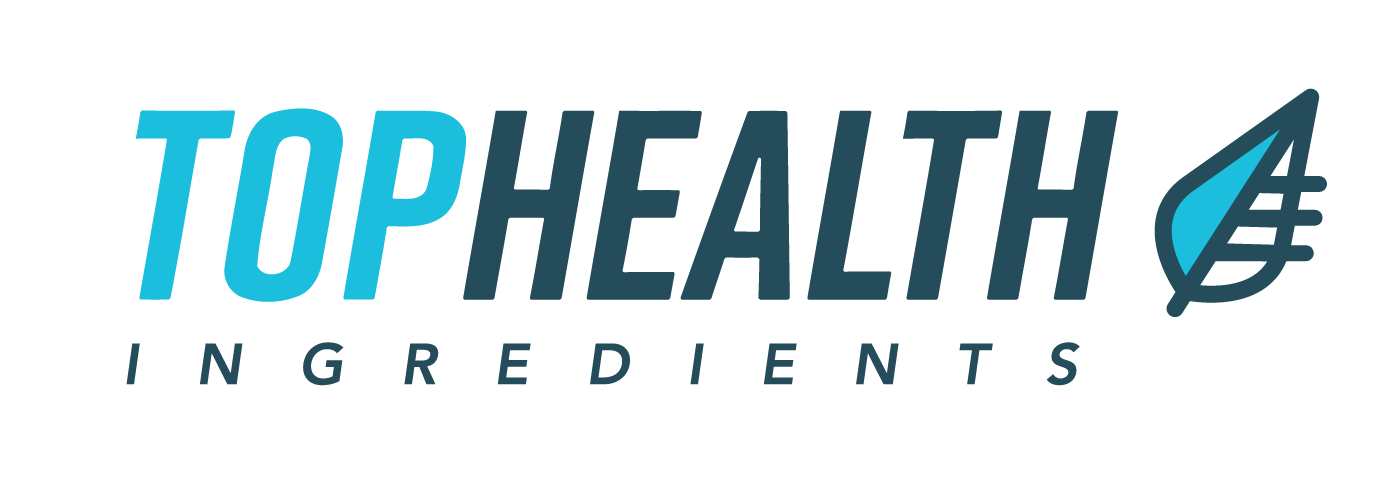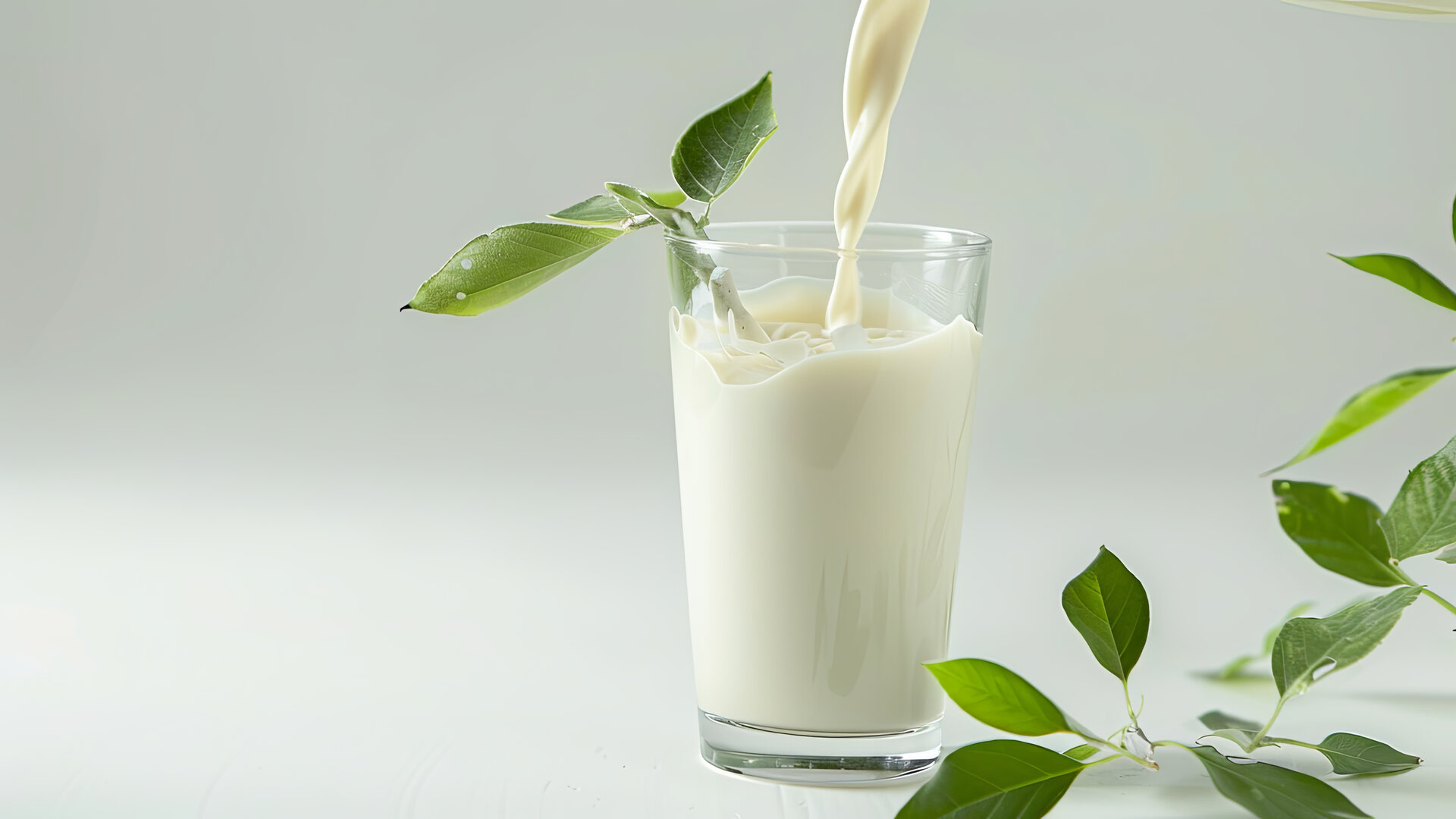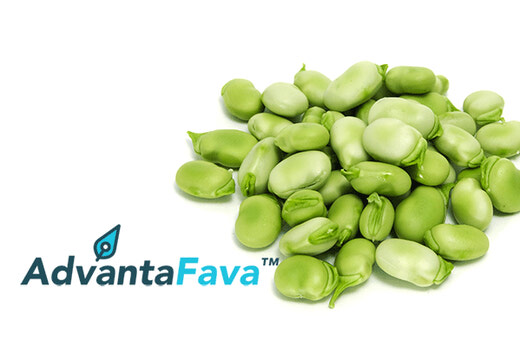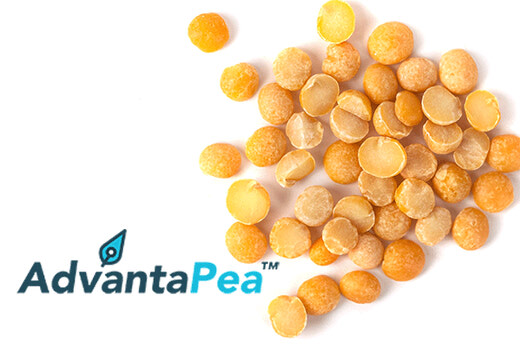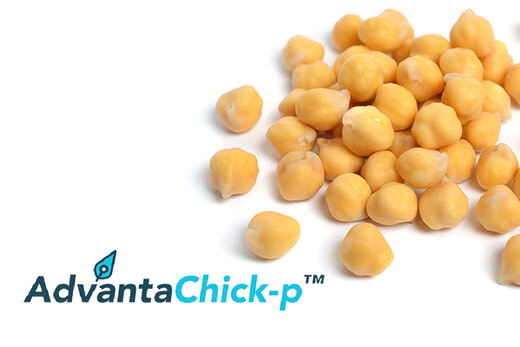As the demand for plant-based dairy alternatives continues to grow, food scientists are tasked with finding functional, nutritious, and sustainable ingredients to match or exceed the properties of traditional dairy products. Among the most promising ingredients are legume proteins, derived from sources such as peas, lentils, chickpeas, and fava beans. These proteins offer a host of benefits, both nutritionally and functionally, that can help formulators meet the challenges of replicating dairy's unique qualities.
Nutritional Profile: High Protein and Low Allergenicity
One of the primary advantages of legume proteins in dairy alternatives is their high protein content, making them ideal for creating products that meet the growing consumer demand for protein-rich foods. Legume proteins typically contain 80-90% protein, and offer a complete amino acid profile. Pea protein, for example, is high in lysine, an essential amino acid often lacking in other plant proteins like rice or wheat.
Moreover, legume proteins are considered hypoallergenic, making them suitable for individuals with sensitivities to soy or nuts—common allergens found in some dairy alternatives.
Functionality: Emulsification, Gelation, and Foaming
From a food scientist’s perspective, legume proteins bring essential functional properties to dairy alternative formulations, such as:
- Emulsification: In dairy products like milk or yogurt, proteins help stabilize emulsions. Legume proteins, particularly pea protein isolate, have demonstrated excellent emulsifying properties, ensuring that plant-based milks remain stable and homogenous over time. This is crucial for preventing phase separation and maintaining the texture and mouthfeel of the product.
- Gelation: Gelling is essential in dairy alternatives like cheese and yogurt, where texture is a key quality indicator; legume proteins can form gels under heat or pH changes. This gelation ability helps formulators mimic the firm, creamy texture of dairy products while also enhancing water retention, leading to a more stable final product.
- Foaming: Many dairy products, from whipped cream to cappuccino froth, rely on the foaming ability of milk proteins. Legume proteins, particularly chickpea protein, exhibit promising foaming properties, making them useful in formulating plant-based whipped toppings and creamers.
Water Binding and Fat Mimicry
Water retention and fat mimicry are crucial aspects of formulating dairy alternatives with the same mouthfeel and creaminess as conventional dairy. Legume proteins have a high water-binding capacity, allowing them to trap moisture and contribute to a smoother, creamier texture. Additionally, these proteins can mimic the functionality of fats by providing a creamier mouthfeel without the need for added oils or fat replacers, thus lowering the fat content of the final product without sacrificing texture.
Sustainability and Clean Label Appeal
Legumes are one of the most sustainable crops, as they require minimal water, improve soil health through nitrogen fixation, and have a lower carbon footprint than other protein offerings. This makes legume proteins an attractive option for formulators seeking to meet the demand for environmentally-friendly ingredients. Furthermore, legume proteins are considered “clean label” ingredients, as they are typically minimally processed, non-GMO, and free from common allergens.
Thermal Stability and pH Range
In dairy alternative formulations, legume proteins exhibit significant thermal stability, allowing them to retain their functionality when subjected to heat treatments like pasteurization or ultra-high-temperature (UHT) processing. This is particularly important for plant-based milks and creamers that require shelf stability.
Additionally, legume proteins function well across a wide pH range, making them versatile for use in acidic products such as plant-based yogurt and sour cream alternatives. Their ability to maintain stability under acidic conditions prevents protein precipitation and ensures product integrity.
